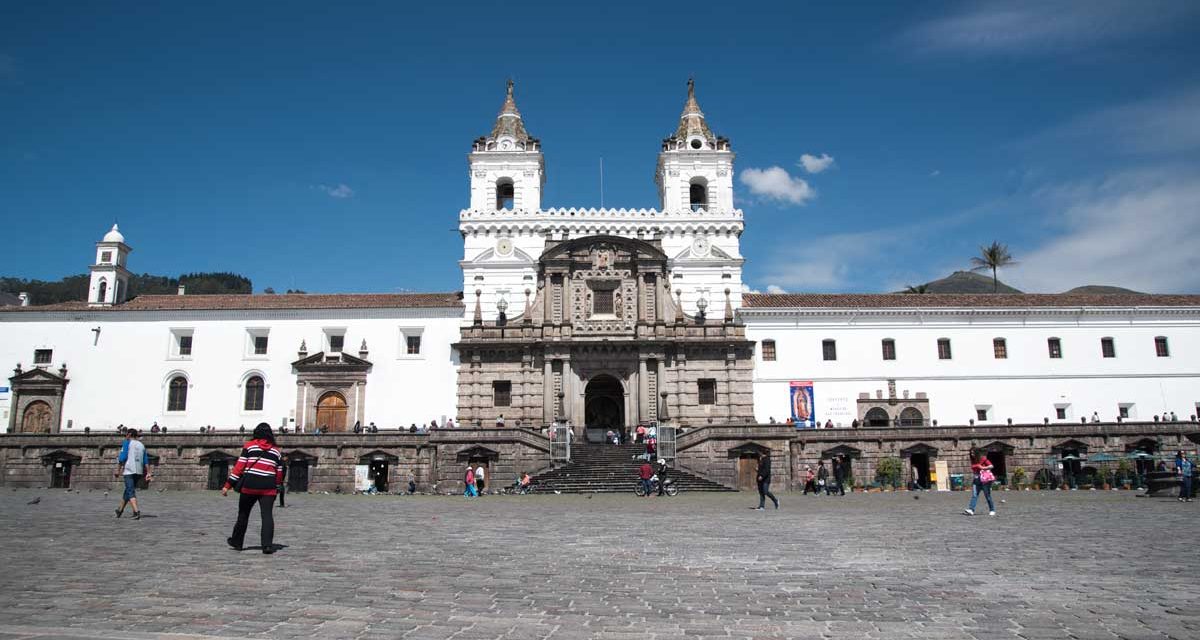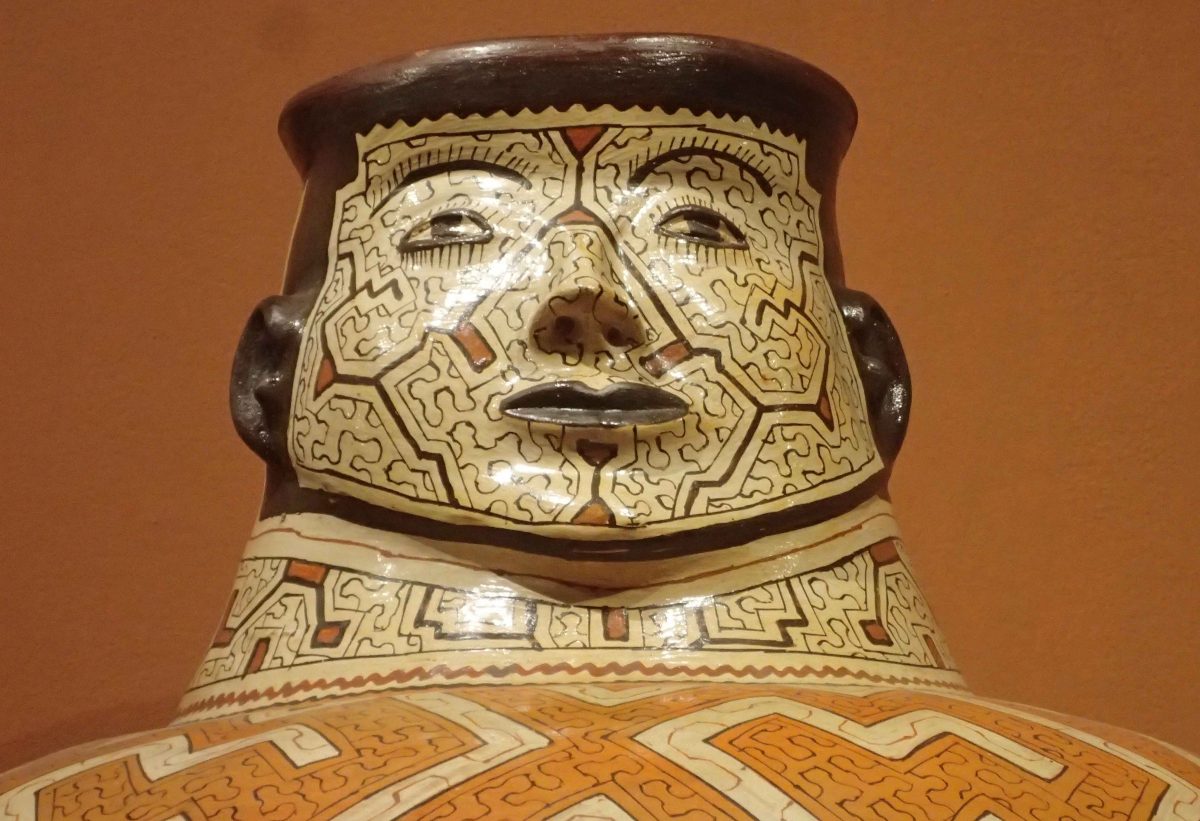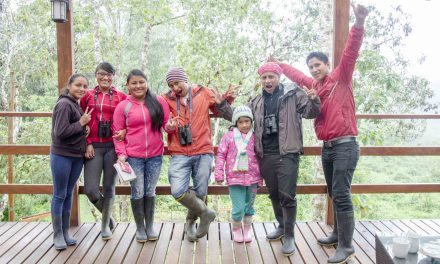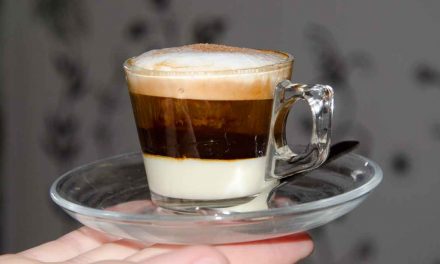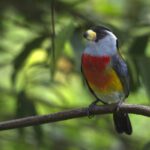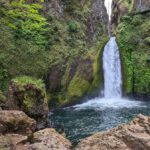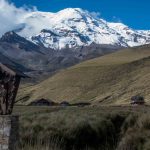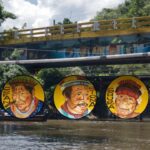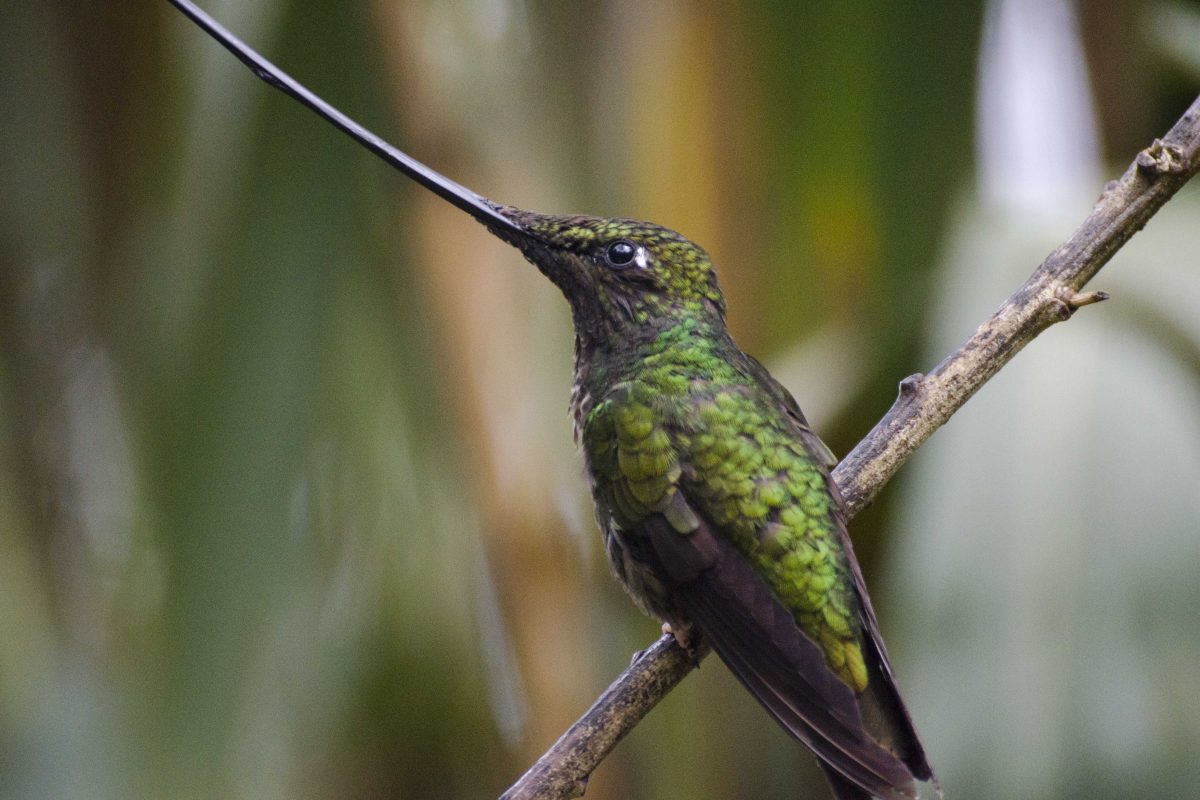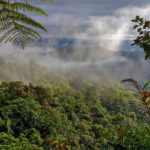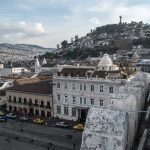One of the most iconic destinations in Quito’s historic center is the Plaza San Francisco. With its dramatic backdrop of the colonial, whitewashed San Francisco Church against the dark green Pichincha Volcano, it is probably one of the most photographed plazas in the entire capital city. Yet few people know of all the treasures waiting in the surrounding buildings. Read on to learn more about what you can see and do at San Francisco Plaza.
History of the Plaza San Francisco
Legend has it that Spanish colonists planted the Quito’s first wheat field where the modern day San Francisco Plaza lies. Not long after, they added the first Franciscan church, monastery, and brewery in all of Ecuador. They wanted to make a statement by placing these important buildings atop the ruins of the most recent invaders, the Inca.
Archeological finds in the area include old walls, pottery, and other remains from the Inca and other pre-Columbian cultures of the Quito valley. Early in the 16th century, the Inca used the plaza as an important regional market. Then, the eleventh and penultimate Incan Emperor, Huayna Capac, built his palace where the modern day Iglesia San Francisco stands. Unfortunately, to prevent the Spanish from using the palace for themselves, the Incan General Rumiñahui burnt it and the rest of the Incan city to the ground.
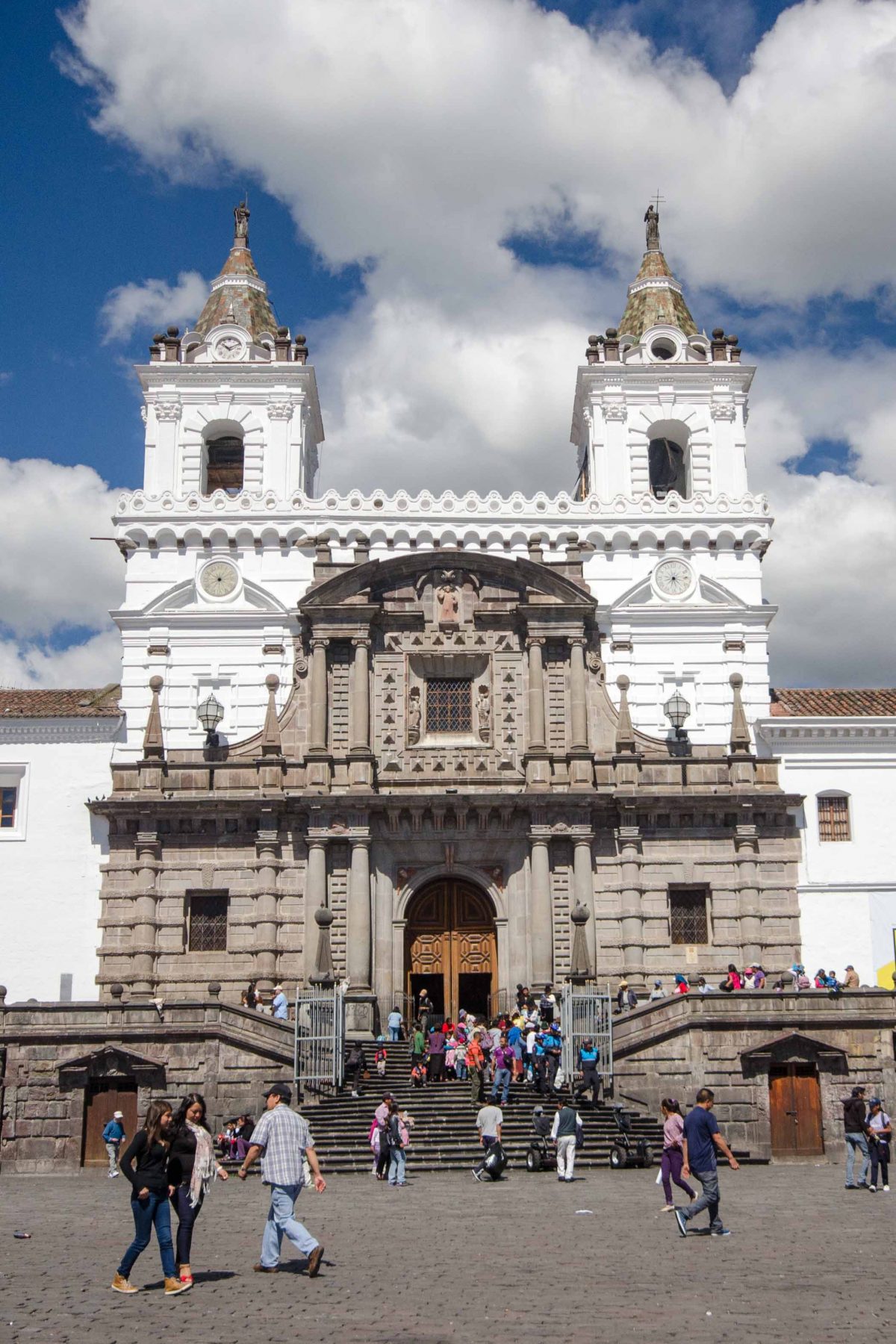
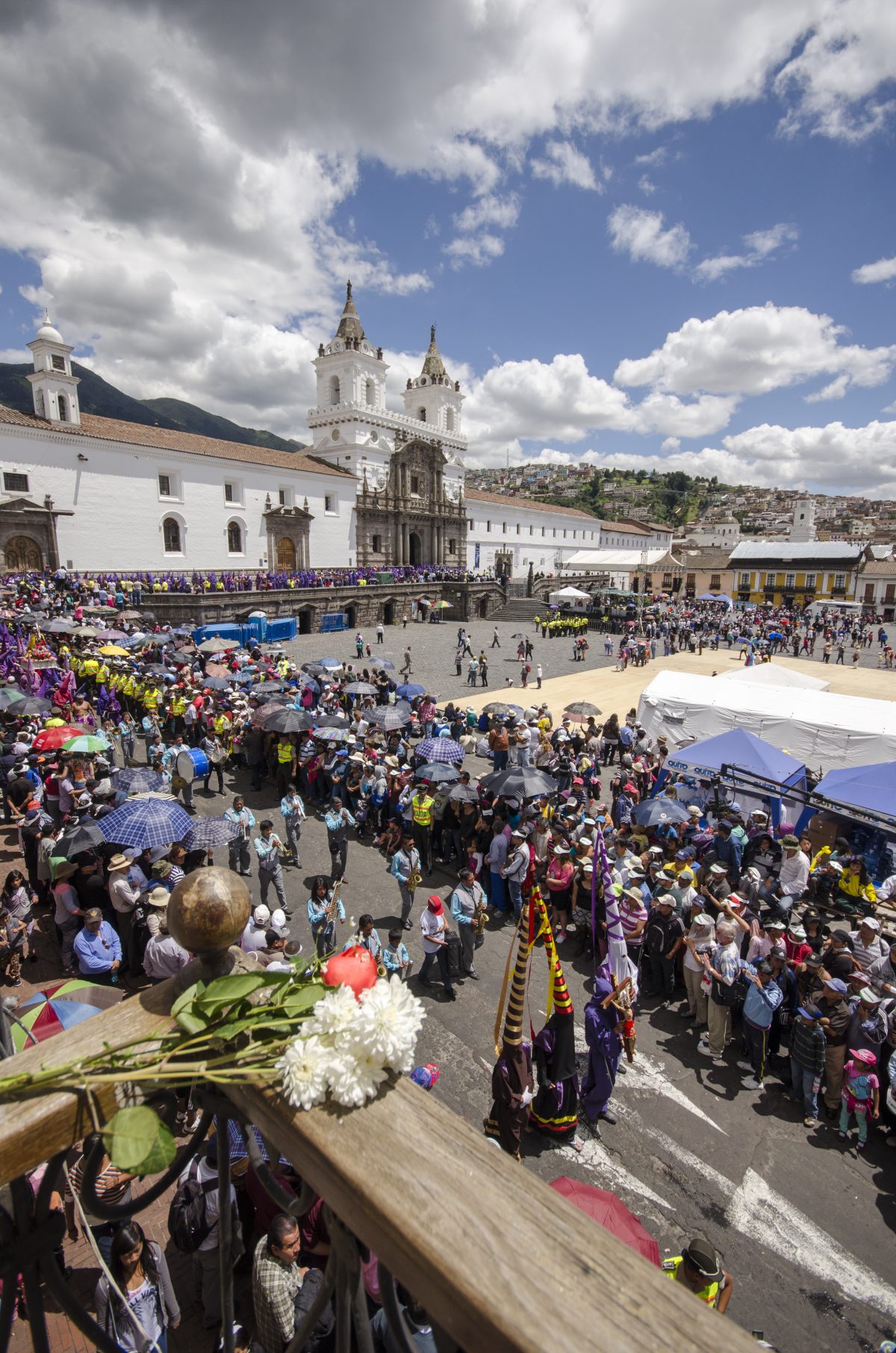
The Church and Monastery
Today, the church and monastery are two of the most visited destinations in the historic center.
To enter the church, walk right up the dark stone steps and through the wooden doors. There is no entry fee and tourists are welcome to walk around and enjoy the main church and side chapels as long as they do not take pictures. As you stand looking at the church, you will notice another entrance to the righthand side. It takes you to the old monastery and allows access to the choir stall of the main church. There is a small entrance fee that includes the Museum of Religious Art and access to not only the choir stall but the bell towers and their spectacular view of historic Quito.

The Chapel of Cantuña
Still facing the church, look to the left towards the very end of the long walkway with steps leading down to the street. You will see the doors to another chapel. This is the Chapel of Cantuña, a person of multiple legends, including one about how Cantuña used the devil to complete the building of the church’s atrium. This chapel is rarely open but if it is, feel free to walk inside and enjoy the collection of religious art. Once again, there is no entrance fee. Moreover, tourists are not supposed to take photos.

Casa Gangotena
On the corner with steps leading up and out of the plaza, you will notice an ornate, three story hotel called the Casa Gangotena. This is one of the most expensive hotels in all of Quito. However, the restaurant offers lunch specials that may be worth checking out, especially around Holy Week. Generally, tourists are not questioned if you merely want to walk in and take a look around.
Ariu Jewelry
In the same block of buildings as the Casa Gangotena, there is another business worth visiting, especially if you like jewelry. The ARIU Jewelry Store specializes in handcrafted silver jewelry. Craftsman Byron Ushina learned the art of silversmithing from his father. He has added a unique touch by using ancient Andean symbols and patterns in his modern designs. One of my favorite purchases from his store is a small version of a tupu, a piece of jewelry shaped like a pin and used to hold a wool shawl closed. The top of the pin is a round sun-like figure with small faces at the end of each rounded ray. The center of the circle holds an opaque, light blue opal. Ushina also sells more traditional pieces like earrings and necklaces. His store is a great place to look for Blue-footed Booby bracelets and llama-inspired earrings.
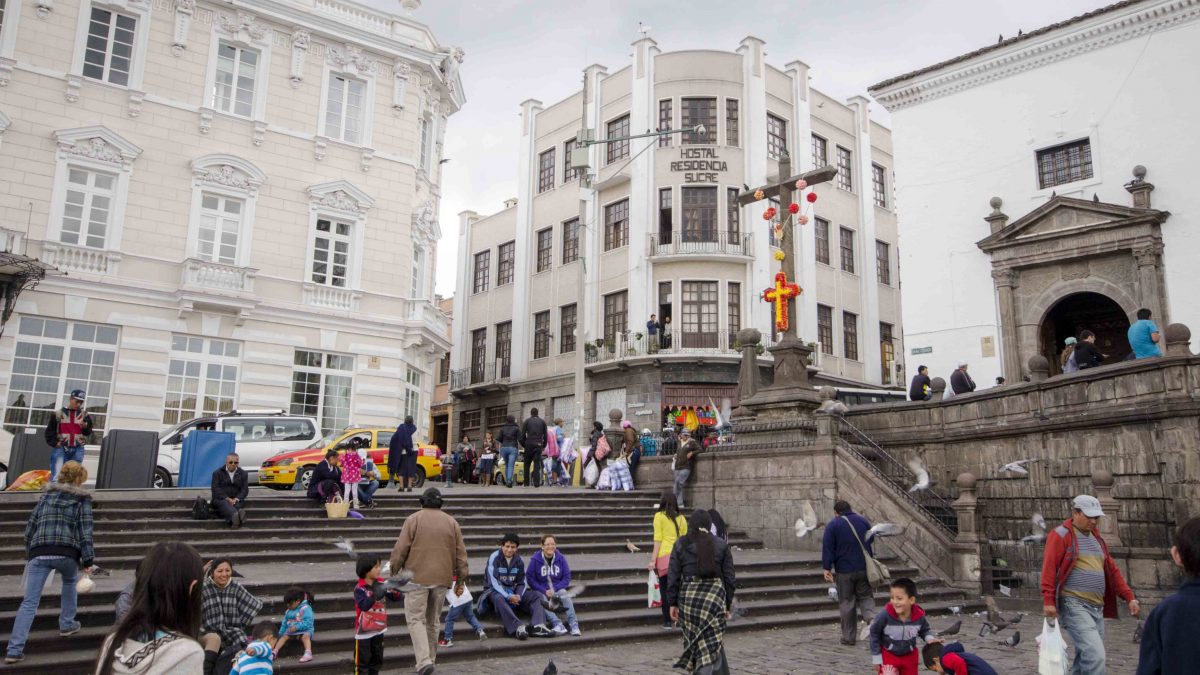
La Hueca de Cantuña
Across the plaza from the church is a set of buildings that include several small restaurants. We have a favorite, La Hueca de Cantuña. While not to be compared with the likes of Casa Gangotena, this small, family run establishment is more our style. It is a great place to grab a light breakfast that includes locally made humitas and the coffee essence of historic Quito. The fresh squeezed orange juice is a must! Furthermore, the owners also serve up a daily lunch special that is both inexpensive and tasty. Service is always with a smile though you may find yourself elbow to elbow with fellow diners at the next table!

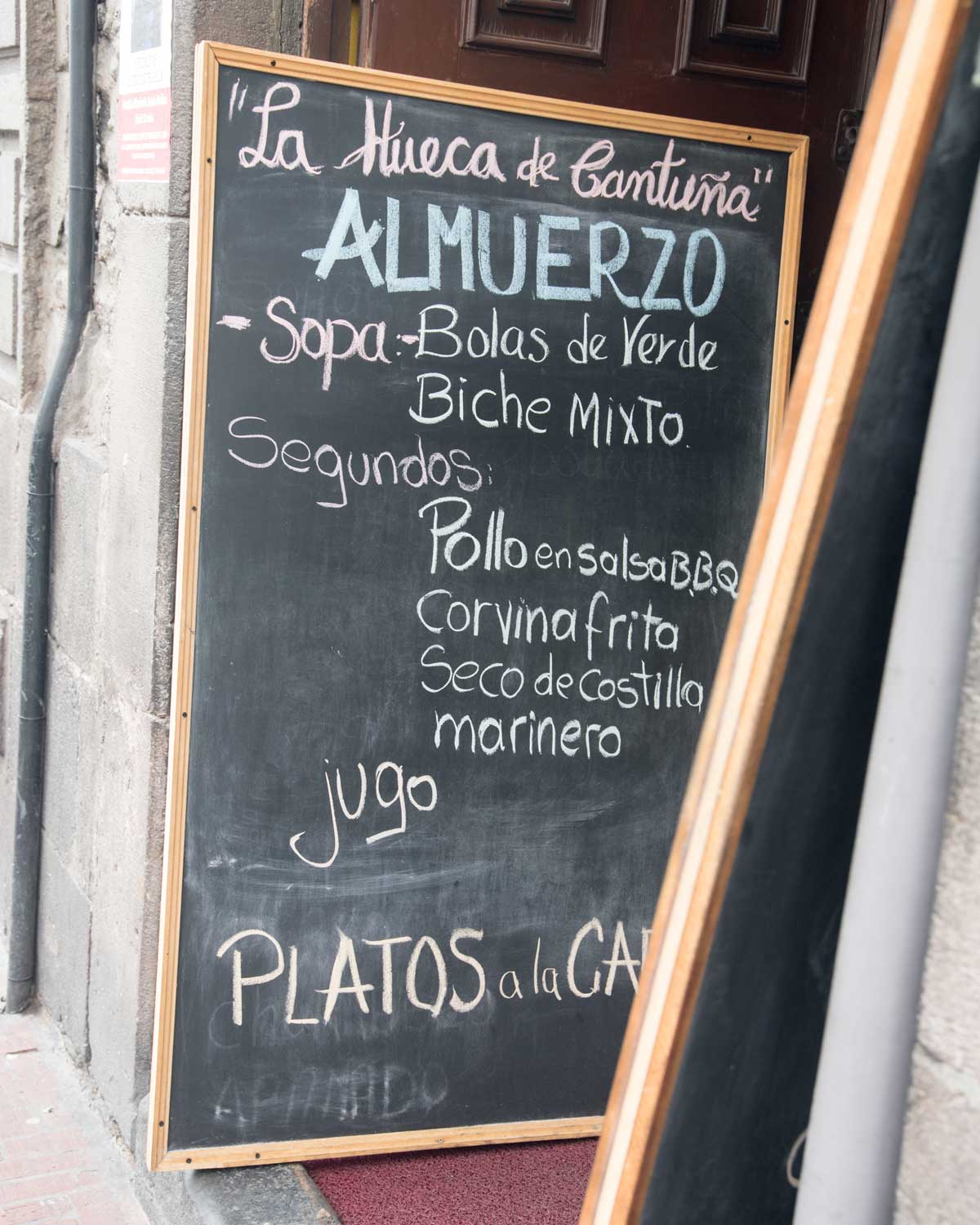
On The Plaza
When you step back and take a look at the San Francisco Church, you will notice that it sits high above the plaza. Underneath the church in this atrium are a couple of interesting sites in their own right. A couple are small shops that sell religious items. One is a much larger shop that specializes in selling Ecuadorian goods to tourists. They have items from all over the country which make them an interesting stop all their own. But perhaps the best part of their shop is that they display items in rooms that once belonged to the catacombs of the church. The store is worth exploring just for that fact alone!
Next door to this store is a restaurant of the same name, Tianguez. Their outdoor cafe makes a perfect spot for people watching. We often like to have a coffee or snack at the outdoor tables. Occasionally, we will eat lunch here. They offer comida tipica with dishes like fritada (pork fried in its own lard) and locro de papas (an exquisite potato soup). If dining outside, expect the shawl vendors to ply you with their wares. These vendors are always women, usually dressed in native costume, selling stacks of colorful woven shawls. The more you buy, the cheaper the price per shawl. A little tip: if you want to take a photo of a vendor, make a purchase first and then ask for a photo. They are almost always willing to oblige.
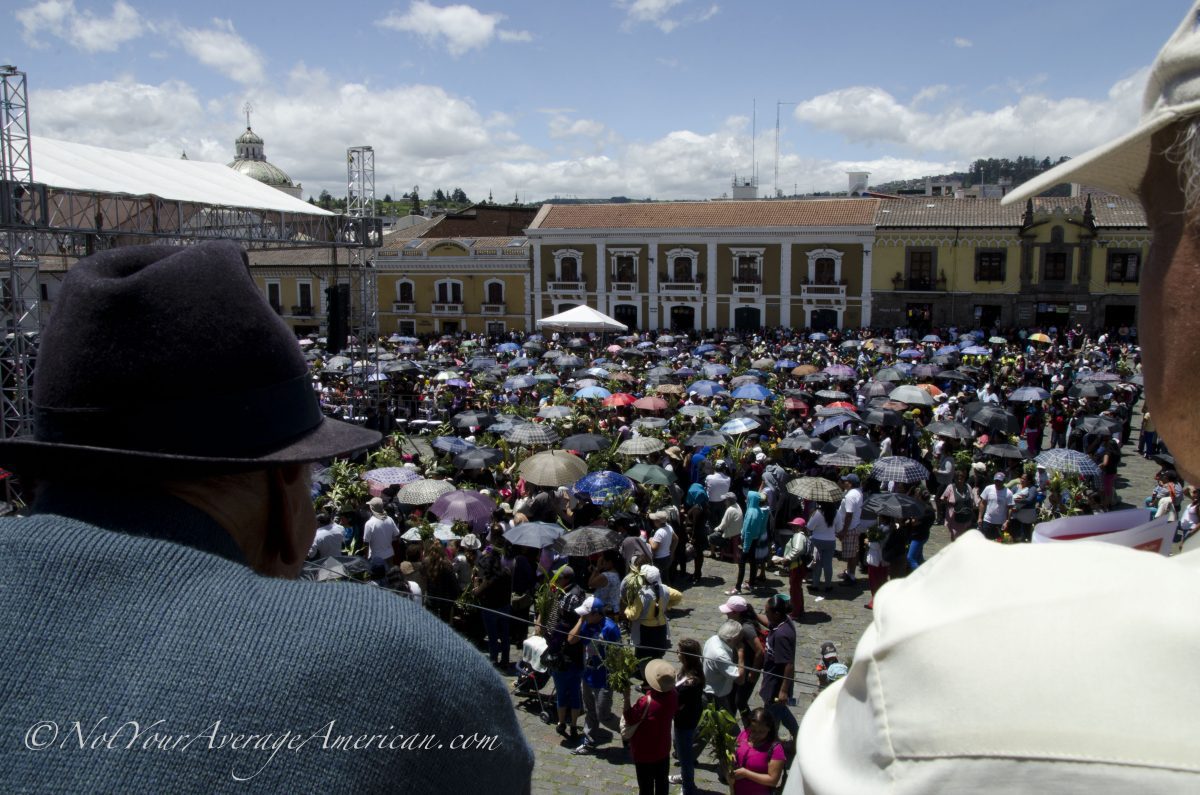
Weekends on Plaza San Francisco
It is worth mentioning that Plaza San Francisco can be a very different place on weekends, especially close to holidays. This large space might host large tents full of vendors selling craft items, a large stage for a folk dance celebration, or a half-dozen different photographers offering photos with superheroes or human statues. And now that it is home to one of the new metro stops in the Historic Center, we expect that even more events will be planned in this iconic destination. Take that into account if planning to visit on either a Saturday, Sunday, or holiday!

